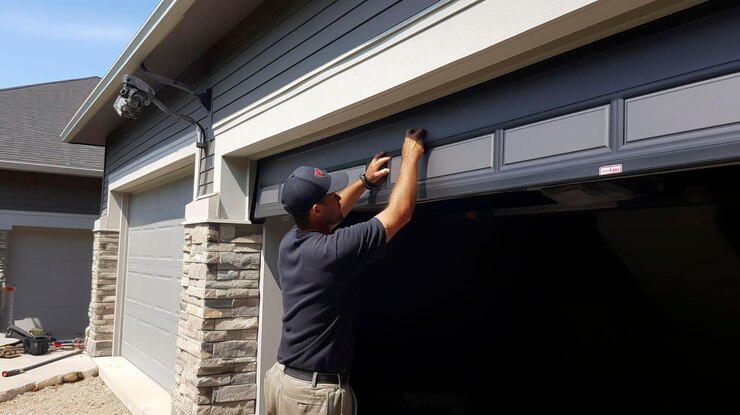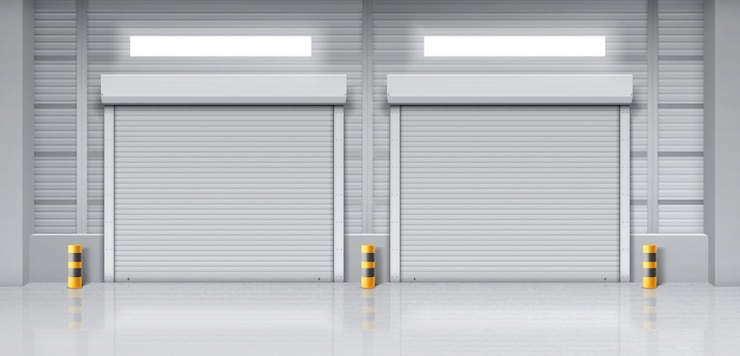Garage doors are essential for the safety, functionality, and curb appeal of your home. Yet, they often go unnoticed—until something goes wrong. If your garage door is stuck, noisy, or behaving unpredictably, addressing the issue quickly can prevent bigger problems and costlier repairs. This article will help you understand the common causes of garage door malfunctions and how to solve them effectively.
Why Garage Doors Malfunction: Top Reasons Explained
Garage doors are made of several mechanical parts, each of which plays a vital role. When one part wears out or breaks, it can throw the entire system off balance. Let’s break down the most frequent issues.
1. Worn or Misaligned Tracks
Garage door tracks ensure the door opens and closes smoothly. Over time, they may become bent, misaligned, or clogged with debris. If your garage door jerks while operating or gets stuck midway, the tracks are likely to blame. Regular inspection and cleaning can help maintain proper alignment.
2. Faulty Openers
Your opener is the motorized brain of the system. Problems with the opener can prevent the door from responding to commands or make it open and close erratically. Check the power source, replace remote batteries, or consider a system reset. If issues persist, professional repair may be necessary.
3. Broken Torsion or Extension Springs
Garage door springs support the heavy lifting. When these springs snap, you’ll hear a loud noise and the door may become extremely heavy or won’t open at all. Spring-related issues are dangerous to handle yourself. For safety and efficiency, always rely on garage door repair services from experienced technicians.
4. Sensor Troubles
Modern garage doors come equipped with safety sensors that prevent accidents. If these sensors are misaligned or blocked, your door might refuse to close or reverse unexpectedly. Gently clean the sensor lenses and make sure they face each other correctly.

The Critical Role of Garage Door Spring Repair
Springs are the powerhouse of your garage door system. Most doors use either torsion or extension springs. Both types are under immense tension and have a limited lifespan.
Signs You Need Spring Repair
- Your door opens unevenly
- It feels heavier than usual
- The door closes too quickly
- You see visible damage or a gap in the spring
If any of these symptoms appear, it’s time for garage door spring repair. Replacing springs isn’t a DIY task—it requires special tools and training to avoid serious injury.
Professional technicians can safely inspect the issue, determine the correct spring size, and complete the repair with precision. This ensures smooth operation and extends the life of your entire garage door system.
Preventive Maintenance Tips to Keep Your Garage Door Working
To avoid unexpected breakdowns, it’s essential to perform routine maintenance. Here are a few simple tasks homeowners can do:
- Lubricate all moving parts monthly, especially the rollers, hinges, and springs.
- Tighten bolts and screws that may loosen due to vibrations.
- Check the balance by disconnecting the opener and manually lifting the door halfway—it should stay in place.
- Inspect weather seals at the bottom of the door and replace them if cracked or worn.
- Test safety features like auto-reverse using an object under the door.
These proactive steps can save you from inconvenient malfunctions and expensive emergency repairs.
Final Thoughts: Handle Garage Door Issues the Smart Way
A faulty garage door can disrupt your daily routine and pose safety risks. Ignoring small signs of trouble—like grinding noises or slow operation—can lead to bigger issues down the road. That’s why it’s important to diagnose the problem early and take appropriate action.



